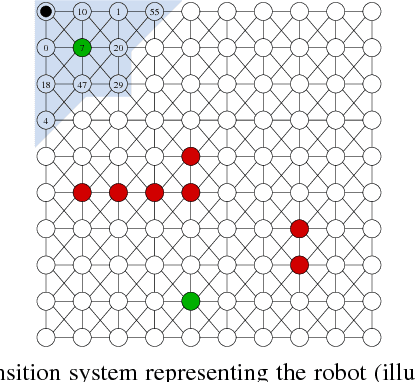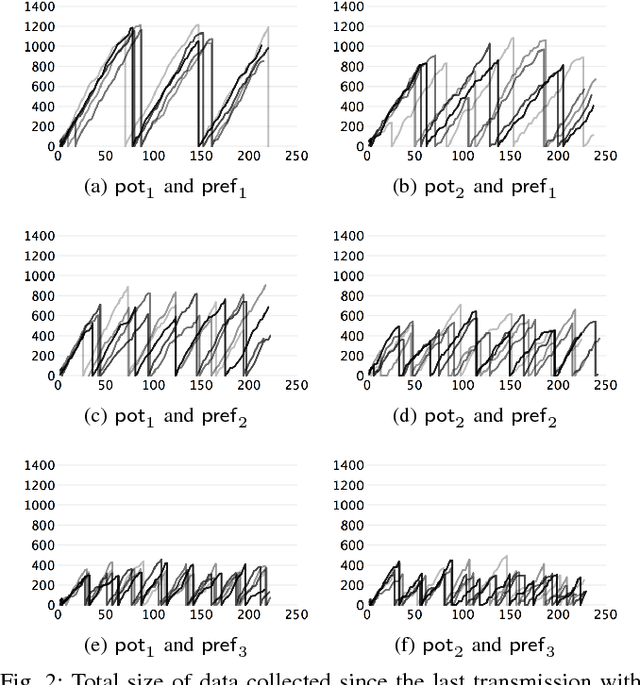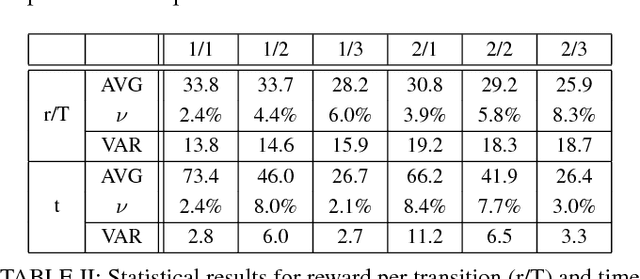Maria Svorenova
Resource-Performance Trade-off Analysis for Mobile Robot Design
Sep 11, 2017



Abstract:The design of mobile autonomous robots is challenging due to the limited on-board resources such as processing power and energy. A promising approach is to generate intelligent schedules that reduce the resource consumption while maintaining best performance, or more interestingly, to trade off reduced resource consumption for a slightly lower but still acceptable level of performance. In this paper, we provide a framework to aid designers in exploring such resource-performance trade-offs and finding schedules for mobile robots, guided by questions such as "what is the minimum resource budget required to achieve a given level of performance?" The framework is based on a quantitative multi-objective verification technique which, for a collection of possibly conflicting objectives, produces the Pareto front that contains all the optimal trade-offs that are achievable. The designer then selects a specific Pareto point based on the resource constraints and desired performance level, and a correct-by-construction schedule that meets those constraints is automatically generated. We demonstrate the efficacy of this framework on several robotic scenarios in both simulations and experiments with encouraging results.
Attraction-Based Receding Horizon Path Planning with Temporal Logic Constraints
Aug 29, 2012



Abstract:Our goal in this paper is to plan the motion of a robot in a partitioned environment with dynamically changing, locally sensed rewards. We assume that arbitrary assumptions on the reward dynamics can be given. The robot aims to accomplish a high-level temporal logic surveillance mission and to locally optimize the collection of the rewards in the visited regions. These two objectives often conflict and only a compromise between them can be reached. We address this issue by taking into consideration a user-defined preference function that captures the trade-off between the importance of collecting high rewards and the importance of making progress towards a surveyed region. Our solution leverages ideas from the automata-based approach to model checking. We demonstrate the utilization and benefits of the suggested framework in an illustrative example.
 Add to Chrome
Add to Chrome Add to Firefox
Add to Firefox Add to Edge
Add to Edge